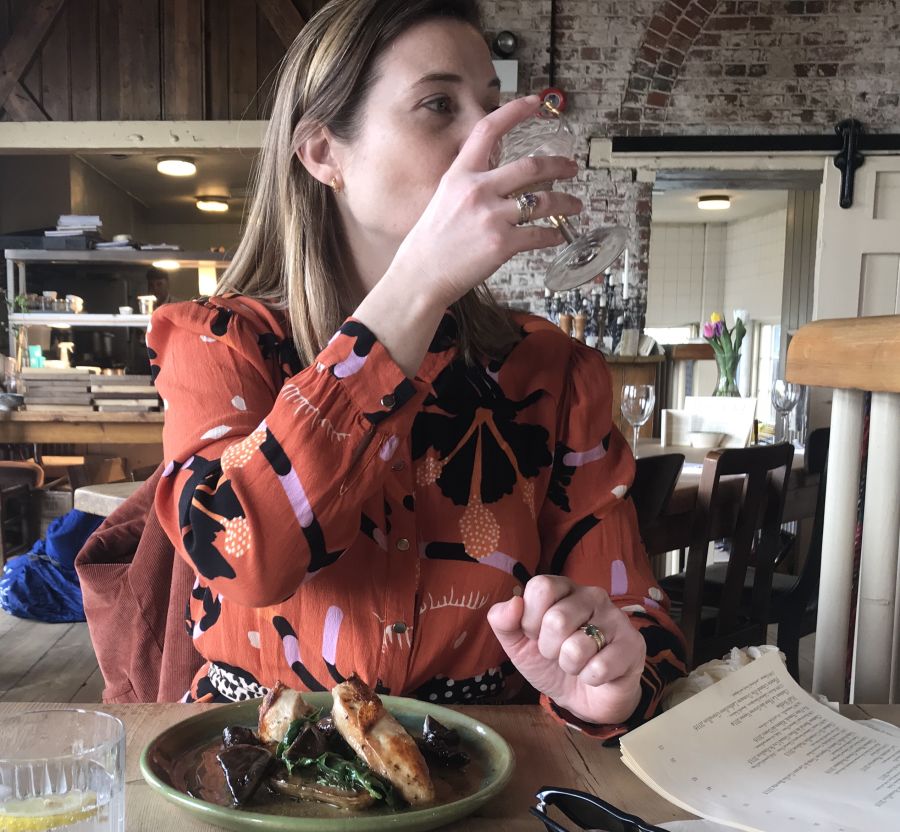The new rules mean drinks are now taxed according to strength, rather than using the categories of wine, spirits, beer and cider, which means that if we want to drink, we have to work harder than ever to find value and affordability.
Still thirsty? We asked the experts how to game the wine price hikes without resorting to stuff that tastes like paint stripper, and found plenty of ways to access good value tipples this autumn, including choosing wine from cooler climates, sticking to sparkling, and seeking out bag-in-box wine, which many more producers are offering, to save cash and carbon.
Read our seven smart ways to buy alcohol this autumn.
Learn about ABV
The bad news is that wines with an ABV of between 11.5 and 14.5 per cent have gone up by 44p a bottle, or 53p once you add VAT. The good news is that lower-alcohol wines are now taxed at a lower rate than before, so should come down in price.
ABV means Alcohol by Volume, and is a measure of how much alcohol is in any amount of drink you’re consuming. While it’s often said there are nine units of alcohol in a bottle of wine, if you look on the label you’ll see this varies depending on the strength. For example, a bottle with 12 per cent ABV contains nine units, falling to 8.25 units in a bottle with 11 per cent ABV. 13 per cent ABV means 9.75 units. 14 per cent equates to 10.5. But once you cross the 14.5 per cent threshold, the new taxes soar. Sherry for example, typically over 15 per cent, will go up by over £1, port by £1.50, gin and vodka by 90p and whisky by £1.
“The price hike isn’t fun or fair and a lot of wine categories and regions will suffer because of it, not to mention wine lovers, like us,” says wine writer Sophia Longhi (find her on Instagram @skinandpulp). “But, if you want to avoid paying the premium, you could look at white and rosé wines, sparkling wines and lighter red wines, like Beaujolais and Pinot Noir.”
Go green
Rather than checking every bottle in the supermarket, it will be easier to look for countries or grape varieties that usually produce lower alcohol wines. “Vinho Verde is a grape gaining popularity and one that is typically lower in ABV,” explains Christian Streatfield, wine buyer at Ocado Retail.
“Translated as green wine or young wine, Vinho Verde grapes are harvested before they produce too much sugar when fermented, which results in a lower percentage.”
Buy in bulk for the best value
“It’s said that 95 per cent of all wine bought is drunk within 24 hours [of the purchase],” says wine writer and judge Aleesha Hansel. “It would be helpful to buy wine in the same way we do food, ie. planned ahead. If you know your household drinks two bottles a week, make a note of what wines you like and wait for the inevitable supermarket multibuy discounts where they can offer 25 per cent off if you buy six bottles.”
Look north
“Customers might want to check out wine from cooler regions such as Mosel or Alsace as they naturally produce lower ABV wines, which aren’t charged at the government’s new higher rate,” suggests Streatfield. “Riesling is a good grape variety to try as it typically ranges from 9 to 11 per cent, which is below the new threshold.”
German and Austrian wines fell out of fashion for a while compared to wines from sunnier climes – often mistaken as sweet when they’re more likely complex, zingy and fruity in style. But they’ve been on the up for a number of years now, and can be found in all the major retailers.
“One cool wine region is right on our doorstep – England!” says Longhi. “If there’s one good thing that could come out of this, it’s to support our UK wineries and winemakers.”
Stick to sparkling
It might seem indulgent to look for fizzy wines when prices are rising, but if it’s value rather than low cost alone you’re after, tax is falling by 19p a bottle on sparkling (12 per cent ABV) because it is no longer classed in a separate category to still wine. But it’s up to retailers whether they pass this saving on to consumers so you might not see things looking cheaper.
Look past glass bottles
Charlie Taylor, founder of KASK wine bar and shop in Bristol, recommends looking beyond bottles to bag-in-box wines, which are better for the environment, and cheaper to produce, transport and store than glass bottles.
“Everyone in the cycle is getting a better wine for a cheaper price,” he says. The availability of bag-in-box and keg wines has shot up in recent years, says Taylor, so while he’s always offered £5 glasses in the bar, he can now offer a much greater range, and sales of bottle-free wine have gone from 20 to 40 per cent in a year. For home consumers, he recommends looking on MoreWine.co.uk.
Can I still get a sub £5 bottle?
“The sub £5 bottle is really a thing of the past now,” says Hansel. “At £5 and of an average ABV (between 11.5 per cent -14.5 per cent), £3.50 of it will be tax. After that, packaging, logistics, profit margin etc., less than 20p will be left for the wine itself.
“What quality of wine do you think you are getting for less than 20p a bottle? Upgrading to a £7.50 bottle means over five times more worth of wine, at £1.06.”
